A Wakefield research study found that approximately 80 percent of adults use weekends to catch up on sleep lost during the week. A conscious failure to go to bed on time is not always the reason for this lack of shut-eye. Some people who struggle to get enough sleep have dyssomnia, a broad category of disorders that cause difficulty falling or staying asleep. Diagnosis of each disorder is a lengthy process that starts with medical consultation and leads to physical and psychological evaluations and treatment.
Insomnia
Insomnia is habitual sleeplessness. While it’s common for everyone to experience trouble sleeping at times, excessive drowsiness and lack of energy from sleep problems that occur at least three times a week for at least three months signify chronic insomnia. One example is altitude insomnia, an intrinsic dyssomnia disorder. High altitudes reduce carbon dioxide levels, and the body doesn’t use it to regulate breathing in the same way. During sleep, carbon dioxide levels drop to a certain level, and the drive to breathe turns off. When the body senses the drop in oxygen, breathing suddenly resumes, disturbing the sleep cycle. Experts suggest that increasing ambient oxygen levels with the help of a special device can improve restfulness.
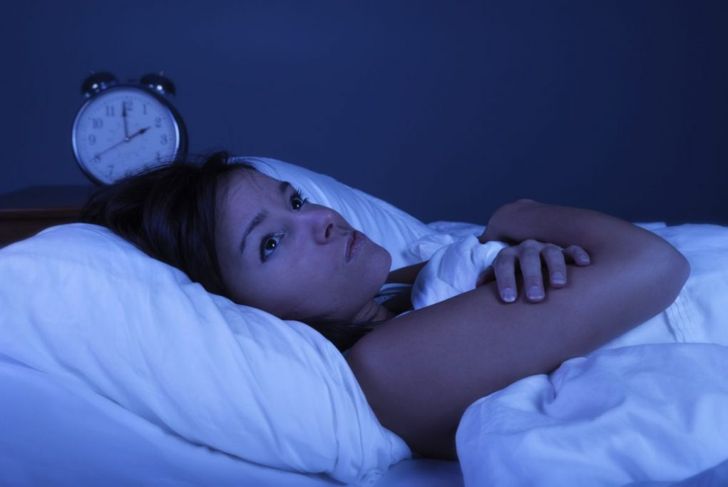
Sleep Apnea
Apnea occurs when breathing is repeatedly interrupted during sleep. This dangerous occurrence can happen many times during the night, which means the body and brain do not get enough oxygen. The most common type is obstructive sleep apnea, and it’s usually due to the collapse of the soft tissue at the back of the throat. Central sleep apnea, however, happens when the brain fails to tell the muscles to breathe. Apnea affects any age group and can lead to chronic illnesses such as diabetes, depression, and even heart failure. Treatments range from lifestyle changes to using a CPAP machine to surgery.
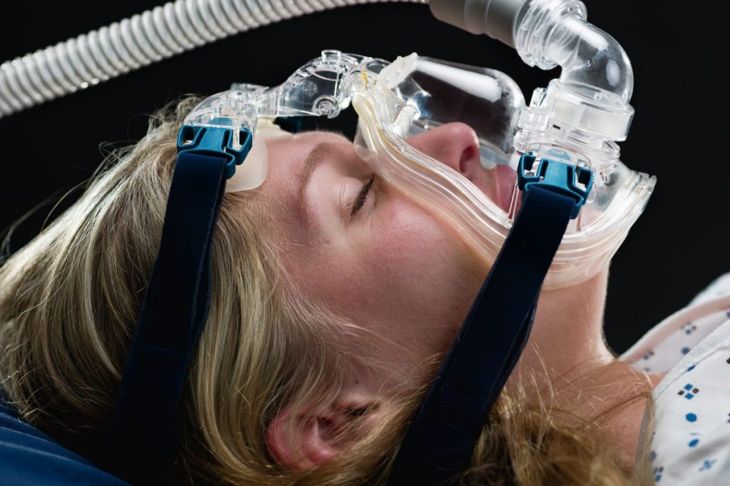
Narcolepsy
Narcolepsy is a neurological disorder characterized by uncontrollable bouts of sudden sleep, which can interrupt any activity, including driving. During a regular sleep cycle, it takes approximately 90 minutes to achieve REM sleep, which is when dreams and muscle paralysis occur. However, those with narcolepsy immediately slip into REM sleep any time during the day. Episodes usually start between the ages of 15 and 25. While the exact causes are unknown, scientists may have found a genetic link. There is no cure for narcolepsy, but a combination of amphetamines, antidepressants, and lifestyle changes keep episodes under control.

Restless Legs Syndrome
Formally known as Wills-Ekbom disease, restless legs syndrome (RLS) causes uncomfortable sensations that start in the late afternoon and worsen at night during rest. Movement provides relief, but once that stops, the discomfort returns, and going to sleep becomes difficult. Studies suggest low iron levels may be the culprit, and other theories posit the cause is related to disruption of the dopamine pathways in the basal ganglia, which controls movement. Those with Parkinson’s disease are at increased risk of developing RLS. Treatments include drugs that increase dopamine and benzodiazepines for restful sleep.
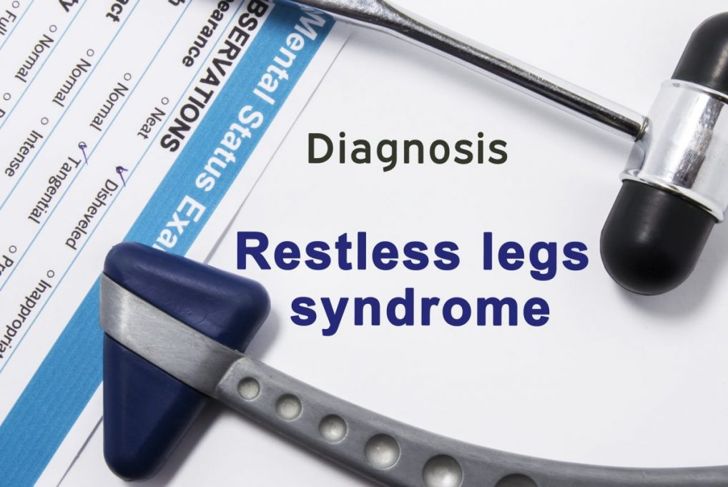
Periodic Limb Movement Disorder
Periodic limb movement disorder (PLMD) occurs during the first stage of sleep — one or both legs spasm rhythmically. Some people are not aware they have the disorder, just recognize they’re not achieving restful sleep. PLMD is often confused with restless legs syndrome, but there is a key difference: those with RLS can’t go to sleep because of the pain in their legs, while those with PLMD are already asleep when uncontrollable spasms begin. Because they share similar side effects, namely fatigue and excessive daytime sleepiness, drug treatments for the two conditions can overlap.
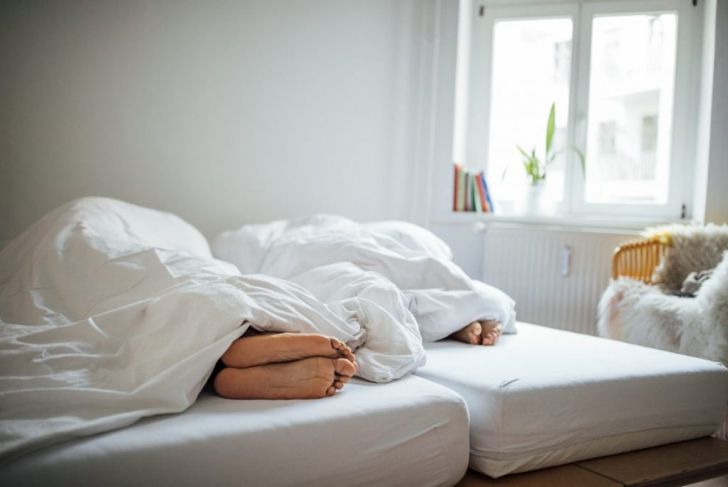
Hypersomnia
Hypersomnia is excessive sleepiness that occurs anytime during the day. The condition is the result of other disorders, including narcolepsy and sleep apnea, and can also develop due to obesity, head injuries, neurological diseases, and depression. To diagnose hypersomnia, doctors order blood tests or an electroencephalogram. Because it is a secondary condition, treatments begin by addressing the primary cause.
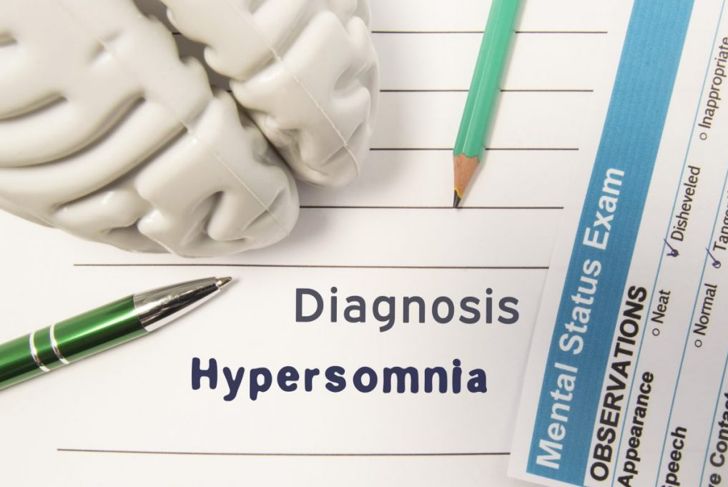
Kleine-Levin Syndrome
Only one in a million people have Kleine-Levin syndrome, and most are males. Individuals with KLS sleep between 15 and 21 hours a day and may have unusual cravings, excessive appetite, and dramatically increased sexual urges. During episodes, those with KLS experience reduced deep sleep at the start of the sleep period, and reduced REM sleep near the end. This is counter to normal sleeping cycles and can lead to moodiness and memory-loss over time. Researchers speculate that KLS is the result of circadian or hypothalamic dysfunction.

Nocturnal Paroxysmal Dystonia
Nocturnal paroxysmal dystonia (NPD) involves multiple seizure-like episodes during non-REM sleep and is thought to be a type of epilepsy. People with this disorder experience sudden, repetitive movements that last from seconds to minutes. NPD is rare and unpredictable in when it strikes. Treatments include some of the drugs that treat epilepsy.
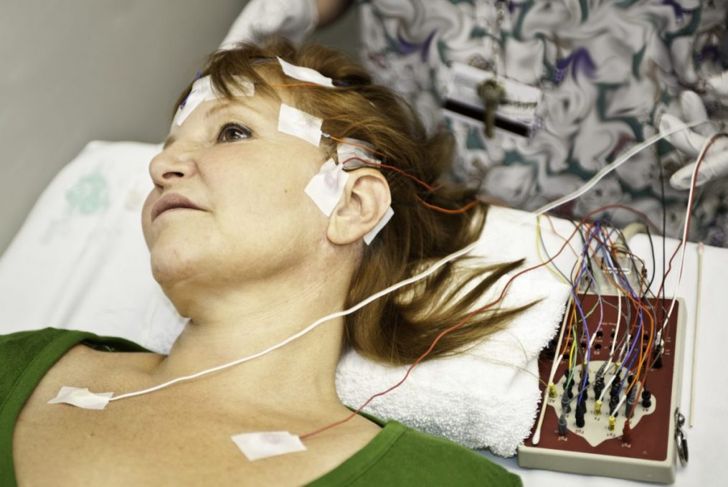
Limit-Setting Sleep Disorder
While many of the dyssomnia disorders can affect any age group, some are specific to children. Limit-setting sleep disorder usually manifests in kids two and older, when guardians are unable to establish a set sleep time. The children use many stalling behaviors to avoid sleeping, such as repeatedly asking questions and throwing tantrums. Lack of proper nightly sleep results in behavioral problems over time, so experts suggest establishing nightly routines to help them relax.
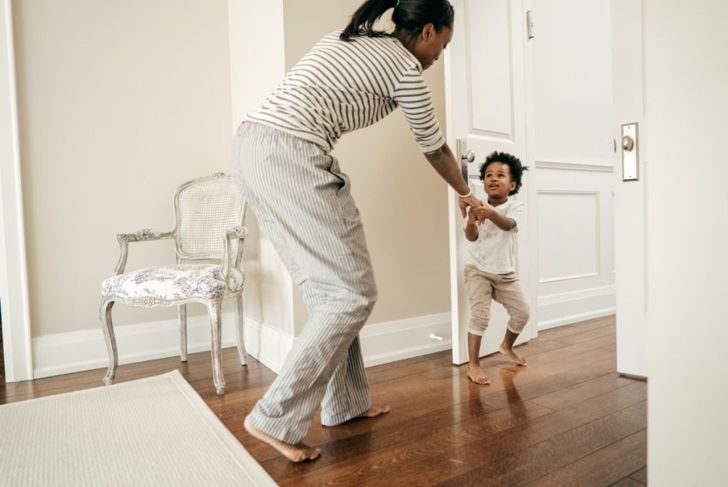
Sleep-Onset Association Disorder
Nearly half of children aged six to 12 months and approximately 20 percent of toddlers experience sleep-onset association disorder. Children associate falling asleep with an environment or a person. When these aren’t present, they won’t go to bed, or they’ll wake and fail to go back to sleep because of this absence. To break through, experts advise parents to gradually eliminate this association and optimize sleep hygiene.
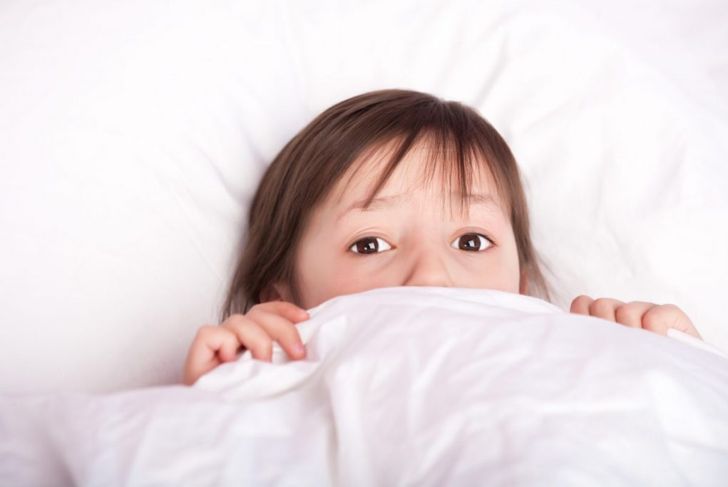

 Home
Home Health
Health Diet & Nutrition
Diet & Nutrition Living Well
Living Well More
More










